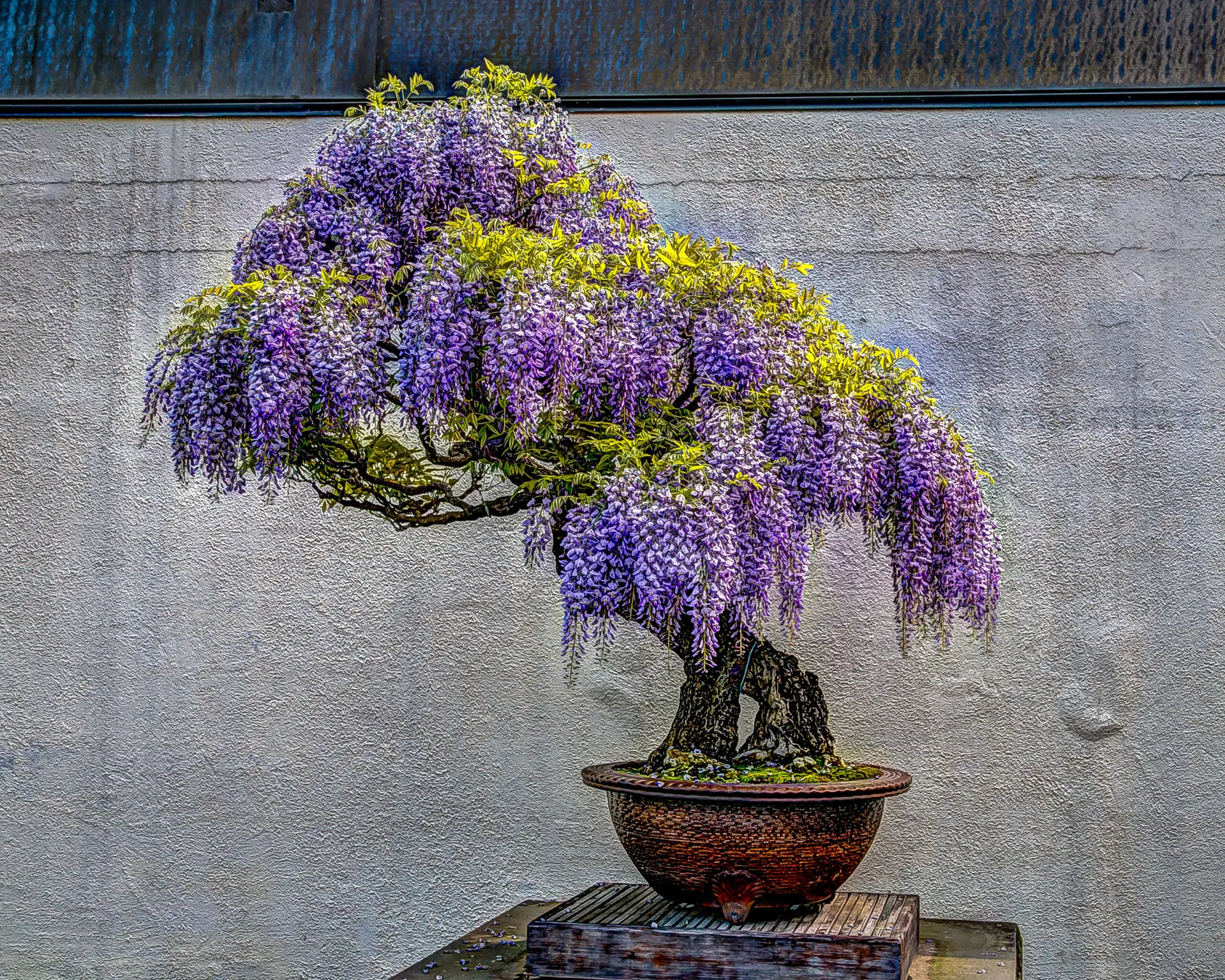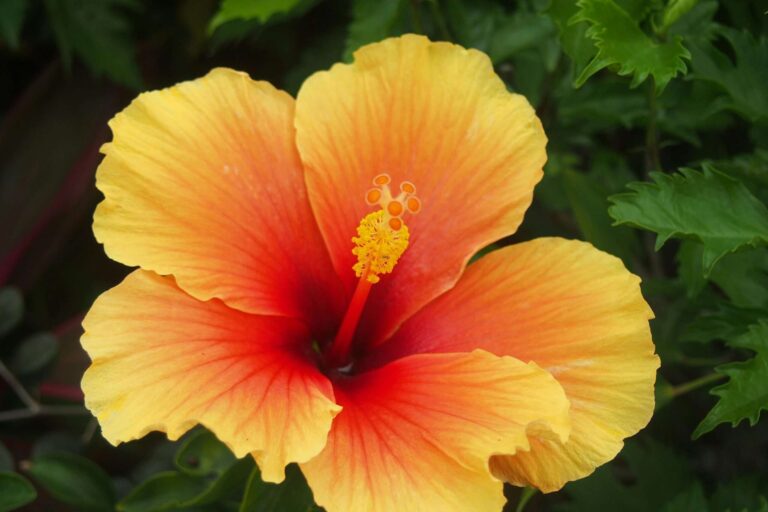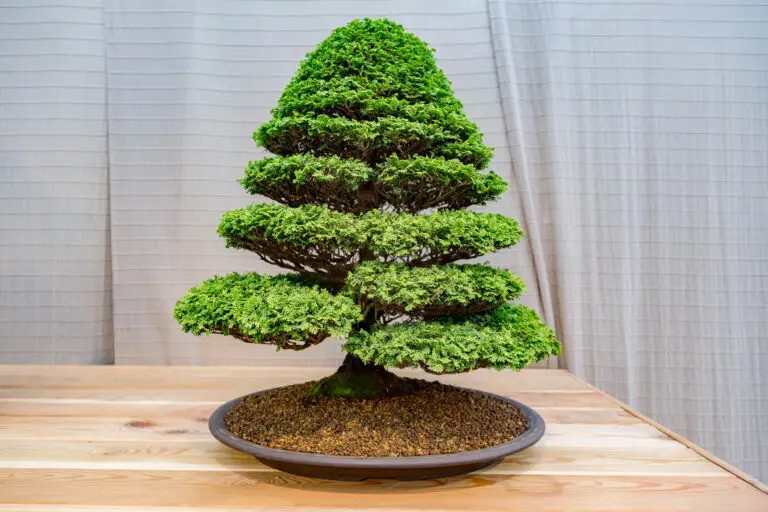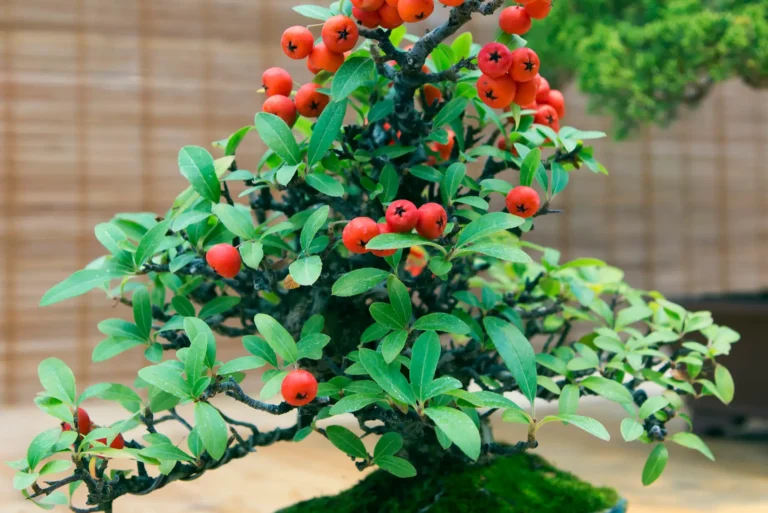Wisteria Bonsai Care Guide By Master Mori, humble guardian of small trees and large truths
Ah, the Wisteria bonsai—Wisteria floribunda, Wisteria sinensis—a true marvel in the garden, and not merely for show. With blossoms that cascade like waterfalls in hues of purple, white, and blue, it is as if spring itself bows in admiration. Their fragrance? As gentle and sweet as a well-timed cup of jasmine tea.
Now, let us not be fooled by beauty alone. Wisteria is a fast-growing vine with the spirit of a dragon—wild, strong, and hungry for space. Yet, when one learns the ancient ways of training and pruning, this dragon becomes a dancer, performing in full bloom with grace each spring.
However, I must offer caution to young bonsai walkers. Because of its vigorous nature and rather demanding habits, the Wisteria is best entrusted to seasoned hands. Regular pruning is not optional—it is a promise. Fertilizing must be done with care, like seasoning a stew. And repotting? Ah, that must be timed with the wisdom of the moon and the patience of stone.
Walk this path only if you are ready, dear pupil—for though it is steep, the view from the top is breathtaking.
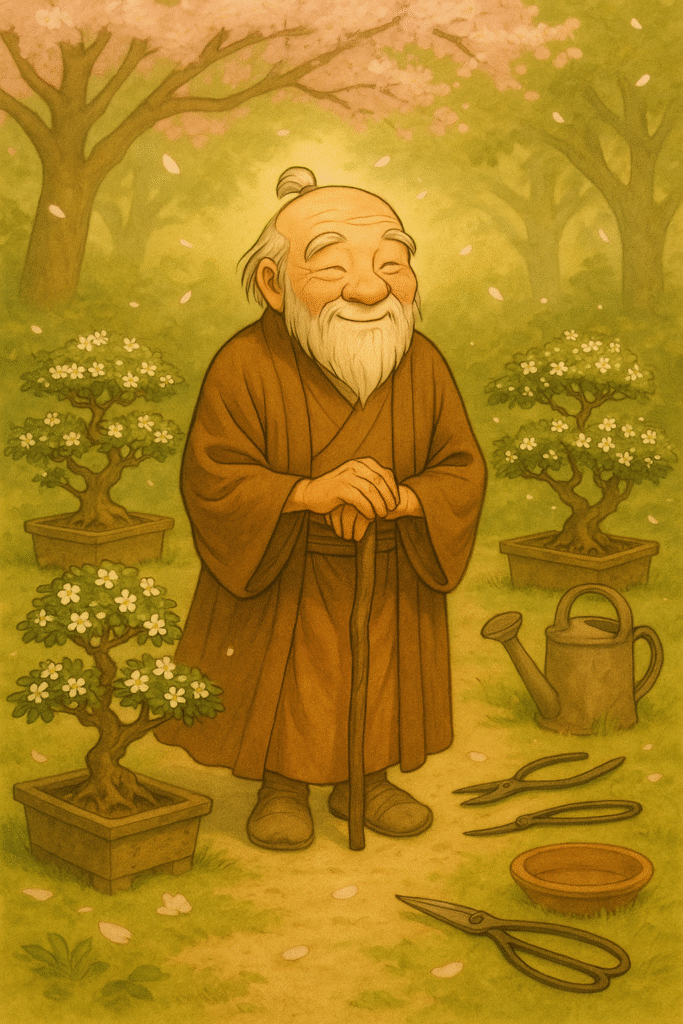
Wisteria Bonsai Care Guide
💜 Quick Overview – Wisteria Bonsai Care Guide
| Trait | Details |
|---|---|
| Skill Level | Advanced |
| Best Climate | Temperate / Outdoor |
| Light Needs | Full sun |
| Watering | Frequent during active growth and blooming |
| Growth Style | Fast-growing, flowering vine |
🧪 Care Guide Essentials for Wisteria Bonsai
🌞 Light
Wisteria requires a minimum of six hours of direct sunlight each day to bloom successfully; therefore, full sun exposure is highly recommended. To ensure the tree remains healthy and vigorous, place it in a bright, open outdoor area throughout the year. With consistent access to ample sunlight, your Wisteria bonsai will reward you with strong growth and vibrant seasonal blooms.
💧 Watering
Wisteria bonsai need to be watered frequently and deeply, especially during the growing season and flowering period. Be sure to never let the soil dry out completely. Wisteria is thirsty and fast-draining, so be sure to water daily during warm months.
🌿 Soil
Use a well-draining bonsai soil mix with good moisture retention. A blend of akadama, pumice, and a bit of organic matter works well to ensure proper drainage and prevent root rot.
🌾 Fertilizer
Feed generously during the growing season. Use a balanced fertilizer (10-10-10) in early spring should do, then switch to a low-nitrogen formula (0-10-10) closer to flowering, this will encourage blooms rather than foliage.
🪴 Repotting
Repot every 2–3 years in late winter or early spring, before buds swell. Prune roots moderately, but leave some older roots to support flowering. Be sure to use fresh soil during each repotting.
✂️ Pruning & Shaping
After the flowering period, perform a hard pruning to maintain the tree’s shape and to encourage an abundance of blooms the following year. Because Wisteria grows vigorously, it’s important to trim back long runners regularly throughout the summer to keep its energy focused. While wiring is possible, it should be approached with caution as young vines are pliable at first but harden quickly, making them prone to scarring if not monitored closely.
⚠️
Common Problems & Fixes for Wisteria Bonsai
| Problem | Likely Cause | Fix |
|---|---|---|
| No flowers | Insufficient sun or high nitrogen | Increase sun exposure and reduce nitrogen fertilizer |
| Yellowing leaves | Poor drainage or overwatering | Ensure proper drainage and adjust watering schedule |
| Weak blooms | Pruned too late or fertilized incorrectly | Prune right after flowering and switch to low-nitrogen feed |
Wisteria Bonsai Care Guide Recommended Tools & Products
If you’re just getting started, these basics will do:
Wisteria Bonsai Care Guide FAQ
When does Wisteria bonsai bloom?
Wisteria typically blooms in late spring to early summer, producing long clusters of fragrant flowers.
Can Wisteria bonsai be grown indoors?
No—Wisteria bonsai must be grown outdoors to receive adequate sunlight and seasonal cues for flowering.
Is Wisteria bonsai safe for pets?
No—Wisteria is toxic if ingested. Keep away from pets and children.
Wisteria bonsai care
How to grow flowering bonsai
Wisteria bonsai not blooming
Wisteria bonsai pruning tips
Wisteria bonsai fertilizer guide
Best flowering bonsai for outdoors

